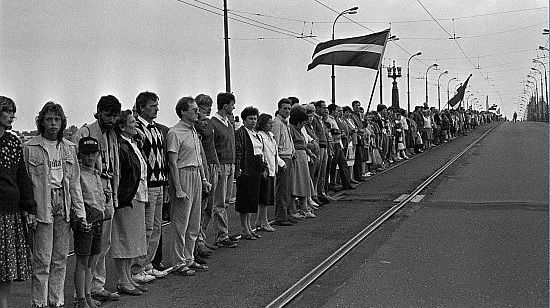The brutality of First Soviet occupation (1940-1941) was such that it has been named the „Year of Terror“. All Latvian property was nationalized. Some 35000 were arrested, murdered or expelled to inhospitably cold Siberia – most never to return. 1% of all Latvians (15000) were expelled to their deaths in Siberia in a single night of June 14, 1941, alone.
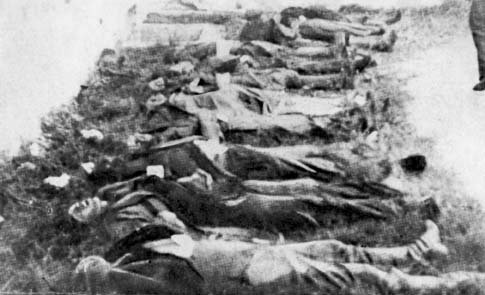
So terrible was the Soviet occupation that many Latvians welcomed the new occupation by Nazi German forces in 1941 as a relief. Not the Jews, however, who were the new target set by Nazi Germany (over 50000 were killed, expelled or fled).
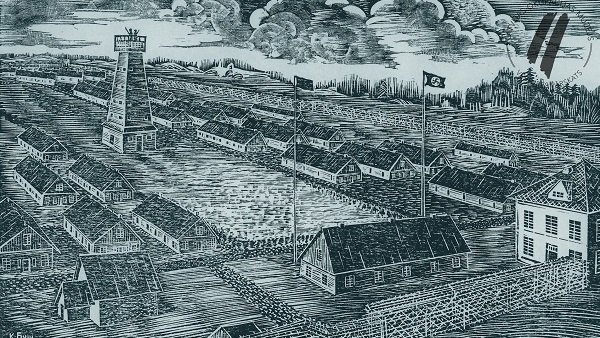
Despite the effort of both Germans and Latvian Legion to stop them, in 1944-1945 Soviets had reconquered Latvia and their Stalinist terrors have returned (additional 150000 people were murdered or expelled). Not wishing to wait for their deaths, some 120000 Latvians fled westwards just before Soviet reoccupation, eventually taking refuge in America and Australia. Others launched a failed guerilla war in Latvian forests (1944-1956).
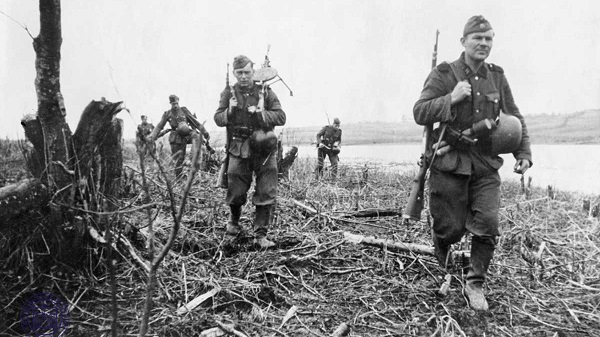
While Soviet murders became more tamed by the late 1950s (after Stalin died), the mass settling of Latvia was the new danger to the survival of Latvian nation. Tens of thousands new ethnically-Russian Soviet settlers would be encouraged to move to Latvia every year. By the 1970s already, the main Latvian cities were Russian-majority. By 1989, merely 52% of country’s inhabitants were ethnic Latvians (44% in the cities, 37% in Riga).
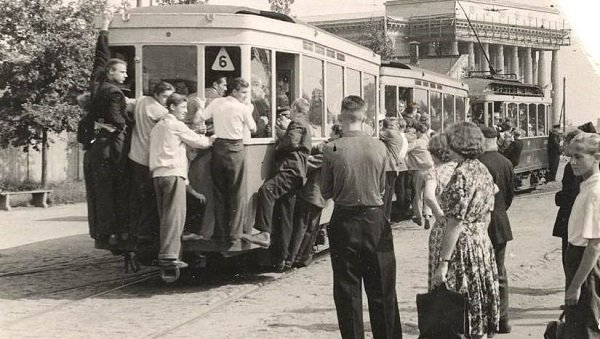
Latvians were taught Russian in schools but Russians would not learn Latvian, seeing Russian language and culture as more important and “international”. This meant ethnic Latvians were finding increasingly little use for their own language in their own homeland as most public events would now be in Russian. Additionally, religions and religious traditions were heavily repressed.
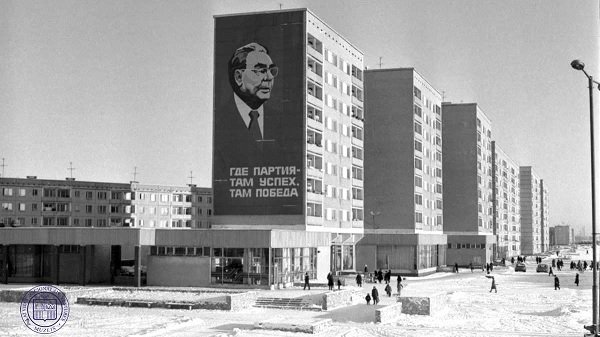
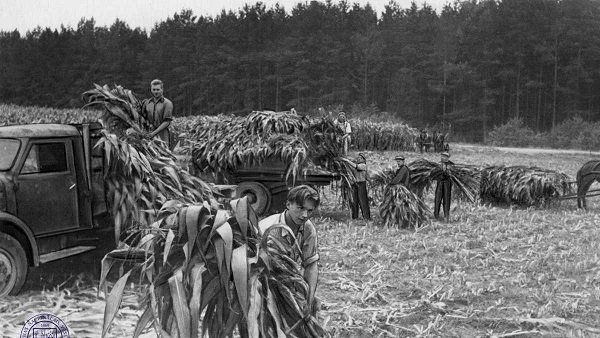
On the geopolitical scale, Soviets still sought to compete with USA (“Cold War”) but that was possible only through allocating a greater and greater share of resources to the military, making shortages of civilian goods even acuter (for people without “relationships”). Understanding that he is losing the Cold War, Soviet leader Gorbachev declared a policy of perestroika and glasnost, or the transformation to democracy and capitalism. In a couple of years, the democratic People’s Front movement in Latvia became brave enough to demand freedom. Soviet reprisals were no longer able to stop the masses as similar calls resounded all over Union’s non-Russian lands.
